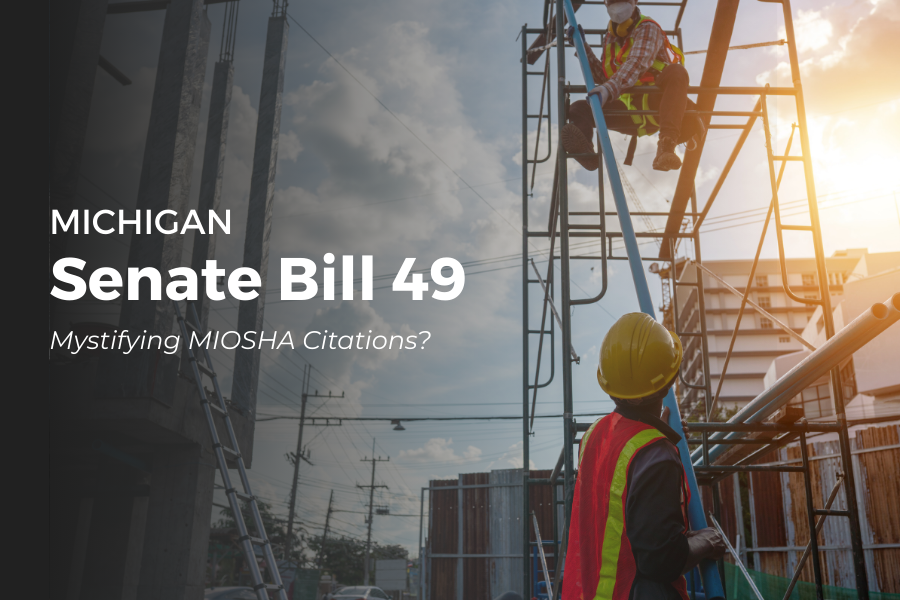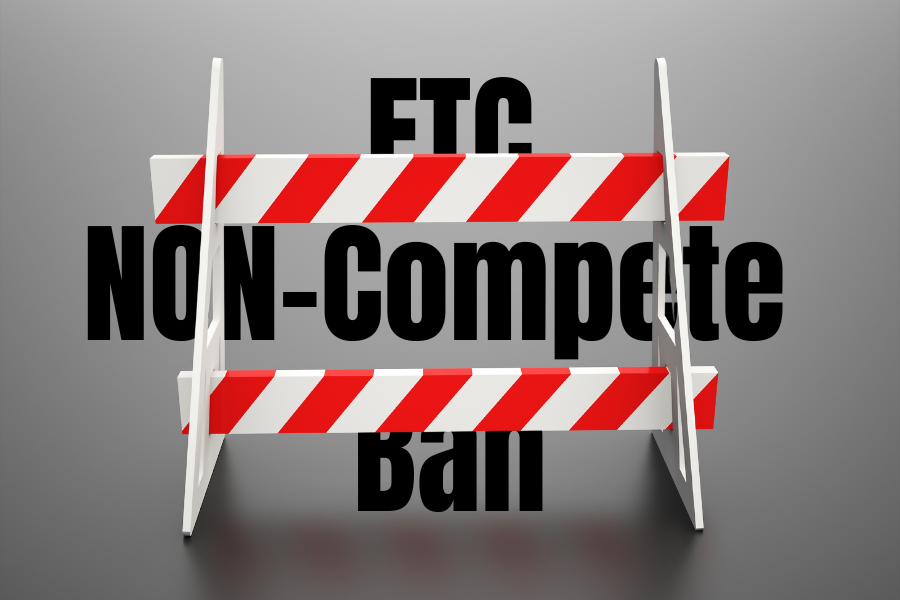Every 10 years, the American Institute of Architects (AIA) releases updated editions of its flagship design and construction agreements, the most recent of which AIA published in 2017. The 2017 revisions were unexceptional. For the most part, commonly negotiated provisions such as indemnity and the mutual waiver of consequential damages remained unchanged. However, one seemingly inconsequential revision, diminutive in size, abundant in application, and ostensibly stylistic in nature, reigned supreme—the Oxford comma.
The A-201 2017 General Conditions, for example, is pocked with dozens of Oxford (or serial) commas. Grammar Gods or Goddesses may recall that the serial comma is a comma placed immediately before the coordinating conjunction in a series of three or more terms. For instance, “eggs, bacon, and sausage.” Those who favor the Oxford comma argue that the comma is necessary to avoid ambiguity. Others claim the serial comma is optional and a matter of style, with modern journalism scrapping its use.
Why the fuss over a comma? AIA’s introduction of the unpretentious punctuation may have its origin in the highly publicized case, O’Connor v. Oakhurst Dairy, 851 F3d 69 (1st Cir. 2017), where the absence of the Oxford comma cost a dairy business dearly. In that class action lawsuit, truck drivers sued Oakhurst Dairy for overtime pay. The case turned on the interpretation of a Maine statute which exempted from overtime pay requirements, “canning, processing, preserving, freezing, drying, marketing, storing, packing for shipment or distribution of: (1) Agricultural produce; (2) Meat and fish products; and (3) Perishable foods.“ The crux of the dispute was whether the law exempted the distribution of the three categories that followed the last comma in the sentence, or whether it exempted packing for the shipment or distribution of those items. In a ruling that hinged on punctuation, the court opined that the absence of a serial comma after “shipment” favored the drivers’ argument that only the packing task was excluded from overtime pay, not distribution. The court awarded the drivers $10 million. The case later reportedly settled for $5 million. Maine has since revised the disputed law.
Setting aside the punctilious punctuation, AIA did introduce other important revisions in its 2017 documents. Notably, AIA repackaged insurance requirements in a new, comprehensive insurance and bonds exhibit (Exhibit A). With this change, the bulk of insurance provisions are stripped from A-201 General Conditions. The exhibit is well organized and more detailed, specifying particular coverages that are required and expressly forbidding certain common restrictions on contractor coverages. Numerous other revisions in the General Conditions improve the document. Parties may now send contract notices via email, except that notice of a claim must be personally delivered or sent through certified or registered mail (§1.6). AIA clarified provisions that require the owner to provide proof that it has made financial arrangements to pay for the project (§2.2). Written warranties now must be issued in the owner’s name, rather than contractor’s name (§3.5). The project communication protocol is loosened so that the owner and contractor can communicate directly, as long as the architect is included in communications that relate to the architect’s services (§4.2.4). AIA introduced a defined timeline for disputes to be resolved (or waived) following a demand for mediation (§15.3).
For the most part, AIA’s decennial contract updates improve a popular body of standard construction contract documents. Change is good. Comma drama is bad. Govern yourselves accordingly.
—First published in State Bar of Michigan Real Property Law Section e-magazine, April 2019










